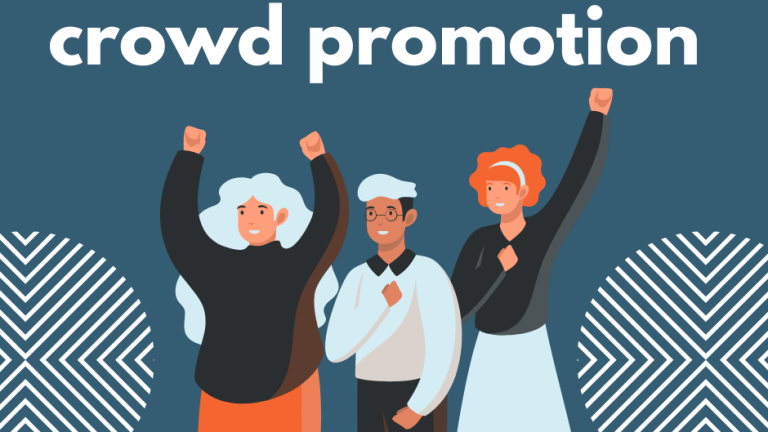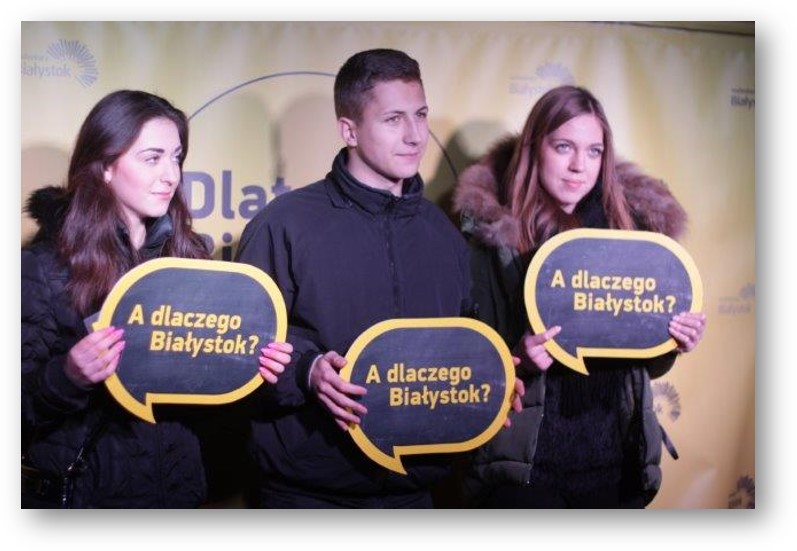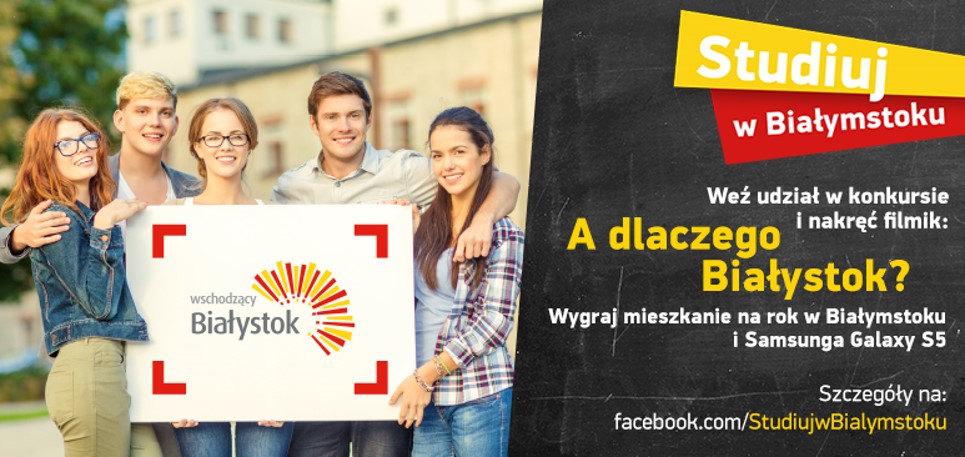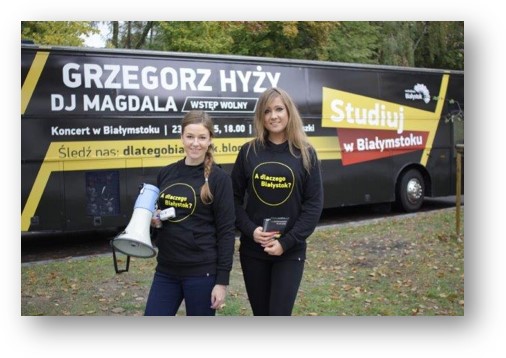
“Crowd Promotion” is a phenomenon in marketing communication where the recipients of the promotional message are actively involved in creating the promotion (content, messaging, etc.). In other words, the audience of the promotional message becomes its creators, senders, and even protagonists. This approach helps build a community (or “crowd”) that is interested in a particular topic, brand, or product. This community stimulates and inspires each other, and provides valuable content from a consumer perspective.
Why Białystok?
The communicative power of the community built through a “crowd promotion” project was leveraged in the campaign titled “Why Białystok?” (October 2015). This campaign was part of the long-term promotional project “Study in Białystok”.
https://www.facebook.com/StudiujWBialymstoku
The goal of the campaign, executed by our agency, was to build a community interested in studying in Białystok through a multi-faceted presentation of the city's attributes. The aim was to highlight those aspects that would naturally attract prospective students to pursue their studies in this city and provide them with authentic incentives. The campaign's objective was to reach the target audience (high school graduates and students from Białystok universities who are not originally from Białystok) through online activities: social media, viral content, and mobile applications. The campaign brief clearly indicated the need to encourage Białystok students to share their thoughts about the city. These testimonials could take various forms, including text, photos, videos, and more.

Competition
The core of the “Why Białystok?” campaign was a competition of the same name. Young people were invited to answer this titular question through a short, original film production. Teams of 2 to 4 members were invited to participate. The driving force behind the competition was not only the desire to compete and creativity but also teamwork and the ability to present a shared perspective on the given topic.
A significant incentive for participating was the unique prize: a 100-square-meter apartment awarded to the winning team for the upcoming academic year. All films submitted to the competition were made available online, and the selection of the winning entry was a two-stage process. The first stage involved online voting, where the five films with the highest number of votes received nominations for the final round. The final decision and awarding of the first place were made by a jury composed of representatives from the Białystok City Office, Business Consulting agency, and the local artistic community.
Communication
The competition was announced on Facebook and primarily communicated using online tools. Additionally, public space communication materials were prepared, including informational flyers, banners, posters, and drink coasters (distributed to the most popular student pubs and restaurants in Białystok). Throughout the campaign, the advertising agency maintained close collaboration with the media. A total of 210 publications about the campaign appeared in local and industry media. Cooperation was also established with Białystok universities and cultural institutions.

Value of the Crowd
The “Why Białystok?” project created a “crowd” of people interested in promoting Białystok as an ideal place to study, gathering a wealth of values for the campaign, such as: the time of young people, their engagement, opinions, ideas, recommendations, dreams, and, above all, their emotions. A key event was the campaign's finale, where the competition winner was announced, and prizes were awarded. The winners received a symbolic key to the apartment and smartphones from the city mayor. The event also featured a concert by Grzegorz Hyży—a singer whose music resonates with the target age group of the campaign. The event attracted over 1,500 people to the city square, demonstrating that young people seek connections with peers beyond the virtual world and want to share emotions and experience significant events together in the real world.














